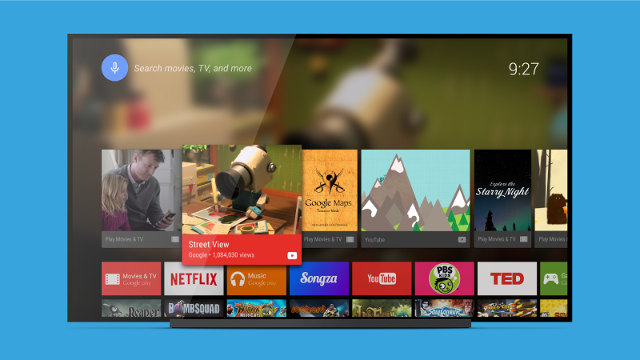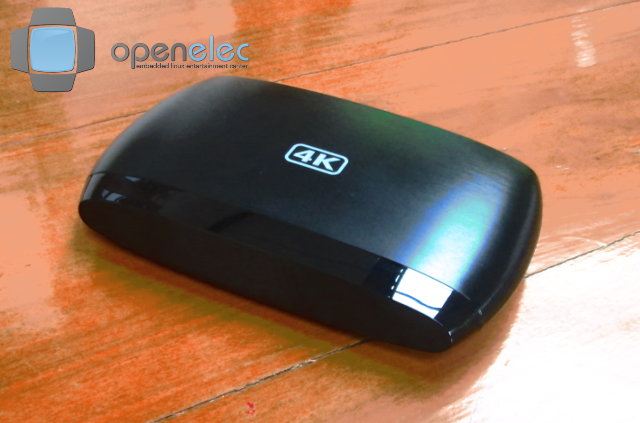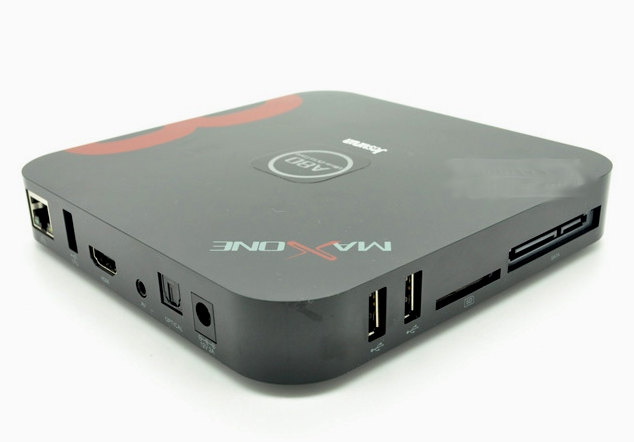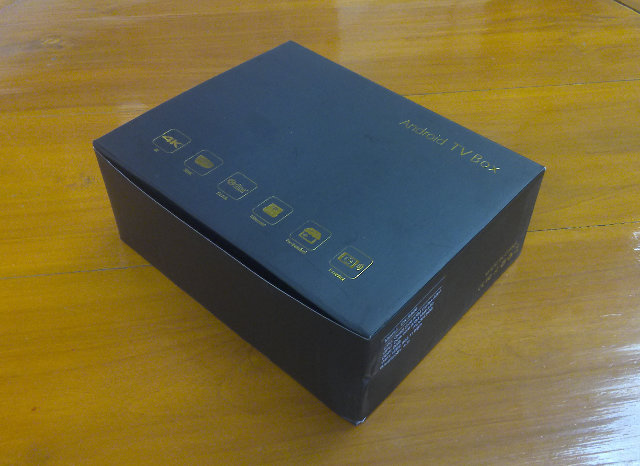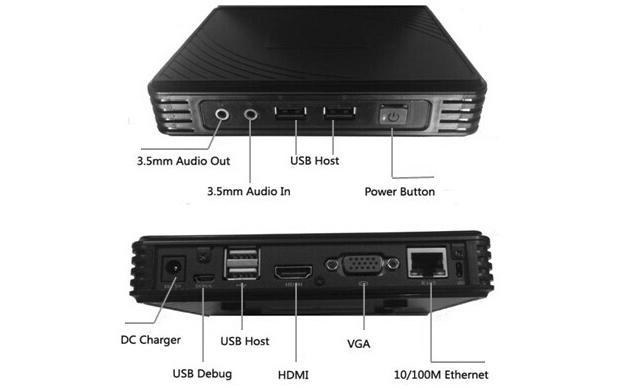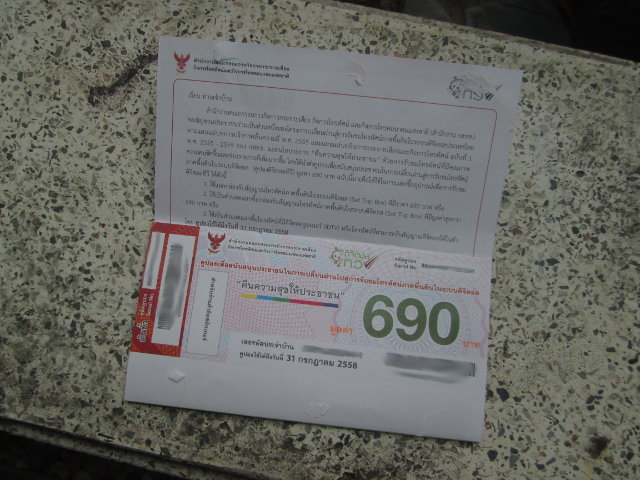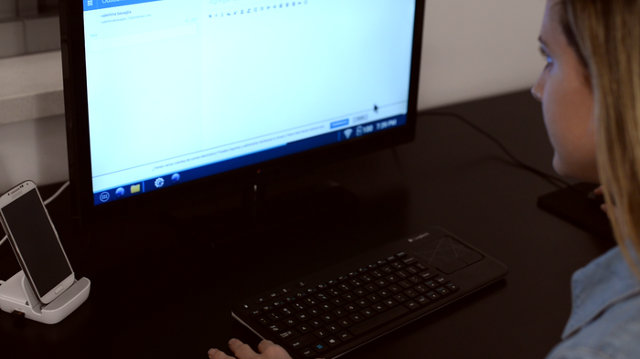Linaro usually releases images and source code on the last Thursday of the month, but since most people will have long holidays for Chritsmas and New Year, the last working Thrusday of this month was yesterday (18th). Linaro 14.12 release includes Linux kernel 3.18 (baseline), Linux 3.10.62 & 3.14.26 (LSK, same versions as last month), and Android 5.0.1 Lollipop. Here are the highlights of this release: Linux Linaro 3.18-2014.12 Based on v3.18 release GATOR topic: version 5.20 updated topic from Qualcomm LT (includes IFC6410 board support) updated integration-linaro-vexpress64 topic by ARM LT (FVP Base and Foundation models, and Juno support) updated LLVM topic (uses the community llvmlinux-latest branch) included ILP32 patch set v3 rebased on 3.18. Boot tested with aarch64 userland. Work is in progress to test with aarch64-ilp32 userland. config fragments updated – SELinux related config options enabled in linaro-base.conf, device tree runtime self tests enabled in distribution.conf Linaro […]
Android TV Launcher is Now Available on Google Play
If you own one of the many Android media player available on the market, and wanted to get Google Android TV on your device, the good news is that Google has just published Android TV Launcher on Google Play. So even though you can’t install Android TV on you device just yet, at least you should be able to run the launcher. But unfortunately, there’s also a bad news: Android TV Launcher is only available for Android TV devices such as ADT-1 Devkit or Nexus Player. I wanted to side-loaded to one of my Android devices, so I tried APK downloader to retrieve the Android TV launcher apk, but it can’t be downloaded unless your use a “Device ID” from ADT-1 or Nexus Player. So if you want to give it a try, you’ll have to patiently wait for the apk to show up somewhere. One place where it might […]
OpenELEC For Amlogic Media Players – MXIII, Tronsmart Vega S89, TV110 and CX-S806 (S812)
XBMC / Kodi is now working pretty well on Android devices, and even automatic frame rate switching is available on some Android platforms such as MINIX NEO X6. But if you want a pure XBMC experience, you may consider XBMC/Kodi Linux distributions such as OpenELEC also providing support for some USB DVB tuner dongles and PVR function, both of which are currently unavailable in Kodi for Android. We’ve also seen OpenELEC released for M8 TV Box, but Kerber, a Russian developer (or at least a Russian speaking developer) has also released OpenELEC 4.97.x for MXIII (Amlogic S802), Tronsmart Vega S89 (Amlogic S802), TV110 (Amlogic S805) , and CX-S806 (Amlogic S812) media players. The forum post is dated on August 2014, but it has been updated on December 12 with more up-to-date images: OpenELEC-Amlogic.MX3.arm-4.97.2.zip for MXIII (1GB) OpenELEC-Amlogic.S82.arm-4.97.2.zip for Tronsmart Vega S89 (2GB) OpenELEC-Amlogic.TV110.arm-4.97.2.zip for TV110 OpenELEC-Amlogic.S806.arm-4.97.2.zip for CX-S806 (Amlogic S812 […]
Jesurun Maxone Allwinner A80 mini PC with 4GB RAM Sells for $184 (Promo)
Yesterday, I discovered DealExtreme listed four versions of new Allwinner A80 mini PC called Jesurun Maxone, with a combination of 2GB RAM/16GB Flash, or 4GB RAM/32GB flash, and US or EU power adapters, for respectively $167.40 and $207. But after a closer look, I found out those boxes are probably based on the same hardware used for Tronsmart Draco AW80 Meta and Telos, minus the external Wi-Fi antenna, and the price was a little higher so I did not feature this device in a new article. But today, GearBest provided a coupon code (JM4GCN) allowing to get Maxone 4GB RAM for $183.99, or about $15 discount compared to Draco AW80 Telos. They’ve also provided JM2GCN coupon for the 2GB RAM version, but the price ($149.99) is almost exactly the same as Draw AW80 Meta. Remember that when shopping online from oversea websites, you may be hit by custom duties back […]
Unboxing of Amlogic S812 based Sunchip CX-S806 Android Media Player
Sunchip CX-S806 is my third Android media player based on Amlogic S812 processor, after Eny Technology EM8S (which I haven’t received yet, because the firmware is not really ready yet), and MINIX NEO X8-H Plus with a stable firmware, but some disappointment with regards to peripherals performance (eMMC, Ethernet,…), and poor support for H.265 / 4K videos in XBMC/Kodi, at least for now, since I’m sure they’ll work out the video issue with subsequent firmware / Kodi releases. CX-S806 has lower specs compared to NEO X8-H Plus, and does not come with an air mouse, but it costs about half of the MINIX box, so we’ll have to see how it performs. For now, I simply post pictures of the device and the internal board, since I’ve already posted CX-S806 specifications previously. CX-S806 Unboxing Sunchip sent me the box via DHL, and I received it in the black and gold […]
Giayee Atom PC is a Rockchip RK3288 Mini PC with a VGA Port, Multiple Placement Options (Crowdfunding)
You may know that Rockchip and Intel have a partnership to design Atom Sofia processors, but Giayee Atom PC has nothing to do with this initiative at all, and it’s just a pretty standard Rocchip RK3288 based mini PC, except it includes a VGA port, and various “placement” options namely horizontal position, vertical position, and TV/monitor mount. Atom PC specifications: SoC – Rockchip RK3288 Quad Core Cortex A17 up to 1.8GHz with ARM Mali-T764 GPU supporting OpenGL ES1.1/2.0/3.0, Open VG1.1, OpenCL, DirectX11 System Memory – 2GB DDR3 Storage – 8 GB NAND flash (16 to 32 GB optional) Video Output- HDMI up to 1080p (no 4K?), and VGA up to 1920×1080 @ 60 Hz Audio Output / Input – HDMI, 3.5 mm jacks for Audio In and Out Connectivity – 10/100M Ethernet, 802.11 b/g/n Wi-Fi. Options: Dual band Wi-Fi, GPS, NFC, and Bluetooth USB – 4x USB Host ports, 1x […]
A Quick Look at SAMART Strong Black “Free” DVB-T2 Receiver in Thailand
Thai government has made digital television a priority, so they’ve launched a program to give a 690 Baht voucher ($21) to all households in Thailand. The voucher is send by registered mail to your home, and delivery has to be signed by a Thai person. Then you can go to a shop equipped with a Thai ID card and house registration book copy, present this voucher, and get a free (except for tax payers of course) DVB-T2 receiver, or use it to buy something a more advanced set-top box or digital TV package with 690 Baht discount. We decided to get a free DVB-T2 receiver, and ended up with a box called SAMART Strong Black supporting SD and 1080p video streams over DVB-T2, EPG (Electronic Program Guide), and with a USB port to connect devices for recording programs or time-shifting. SAMART is a Thai company whose name means “can” (formal) […]
Andromium Transforms Your Smartphone into a mini Desktop PC (Crowdfunding)
Mobile desktop convergence has been a buzz word for several years now, and people have tried to use their smarphone as a desktop PC for a while thanks to technologies like MHL, which allows an easy connection between a phone and TV. However, mobile operating systems such as Android are not really suited for desktop use, and it can be a frustrating experience, so there needs to be different user interface in desktop and mobile modes for an optimal user experience. Canonical is working on this, and Ubuntu Edge, an ambitious, but ultimately failed crowdfunding campaign, was part of the strategy for convergence. But a team of developers lead by an ex-Google employee has been designed a solution with a desktop OS (Andromium OS) and a docking station that let you use your smartphone as a phone on the go, and as a desktop computer while docked, with Andromium user […]



